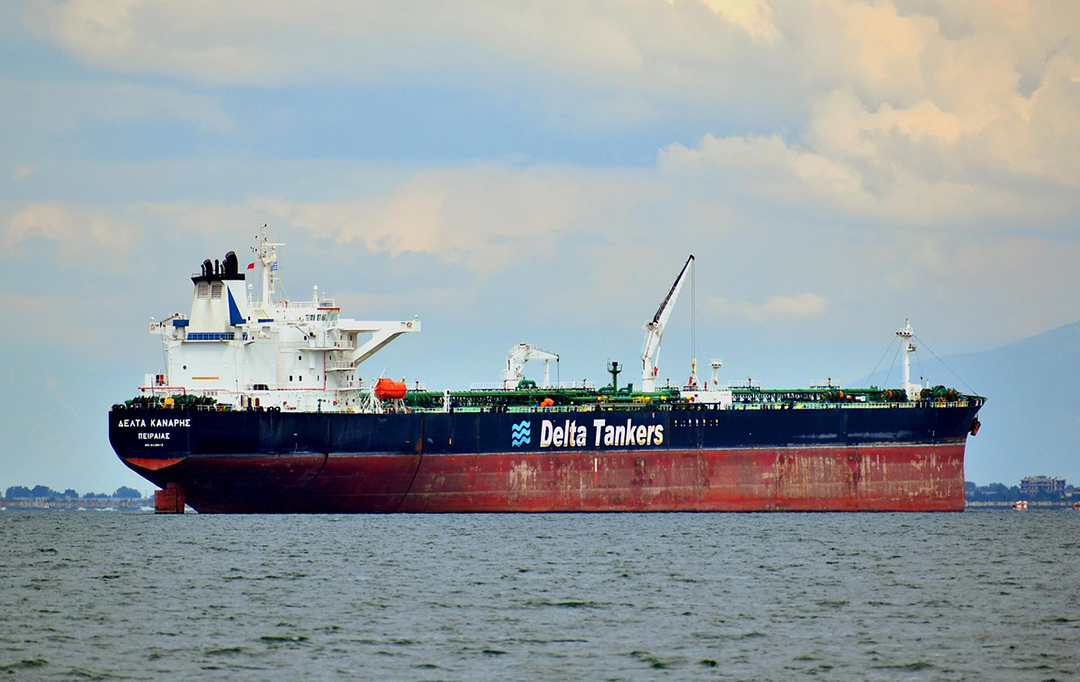Through Asian Refineries, Russian Oil Slips Into Australian Markets

Australia has continued importing millions of tonnes of Russian fuel despite an official ban on direct energy trade.
The Gaze reports this, referring to The Guardian, citing data from the Centre for Research on Energy and Clean Air (CREA).
According to CREA analysts, since early 2023 Australia has imported more than 3 million tonnes of fuel derived from Russian crude, mainly through intermediary processing hubs in Asia, particularly Singapore.
The finding raises concerns that the existing sanctions framework is failing to fully curb revenues flowing to the Kremlin’s war budget.
“This mechanism effectively sustains Russian oil production and bolsters Moscow’s income,” said CREA analyst Vaibhav Ragunandan, adding that it also allows Australian firms to profit indirectly from Russian resources.
Roughly a quarter of Australia’s refined fuel imports now come from Singapore, where the Jurong Port Universal Terminal serves as a major transfer point for global oil cargoes.
The facility, partly owned by Australia’s Macquarie Bank’s investment arm, handles around one-third of Russian oil products arriving in Singapore, according to CREA’s estimates.
Macquarie told reporters that the terminal operates in full compliance with international and Singaporean law but declined to confirm whether fuel of Russian origin had been re-exported to Australia through the site.
The report adds that oil traders Vitol and Trafigura have purchased fuel from Jurong before reselling it to international clients, including Shell and Viva Energy – the latter a key supplier to Australia’s armed forces.
Canberra formally banned Russian oil and oil-product imports in 2022 and recently tightened restrictions, lowering the price cap on Russian crude from $60 to $47.60 per barrel.
In September 2025, the government also blacklisted 95 vessels linked to Russia’s “shadow fleet” used to evade sanctions.
Australia introduced these measures in coordination with the European Union, the United Kingdom, Canada, New Zealand, and Japan, yet analysts warn that enforcement gaps still enable Russian energy to reach global markets through “rebranded” exports.
“Every barrel refined and rerouted through third countries keeps the flow of petrodollars into Russia’s war machine,” Ragunandan said. “Closing these loopholes is as important as imposing sanctions themselves.”
As The Gaze previously reported, Ukraine proposed a sweeping new package of sanctions designed to intensify economic pressure on Russia, including measures against more than 400 vessels in Moscow’s so-called “shadow fleet” and tougher restrictions on oil trade.
Read also on The Gaze: Russia’s Shadow Fleet Grows to One in Six Tankers Worldwide – NYT